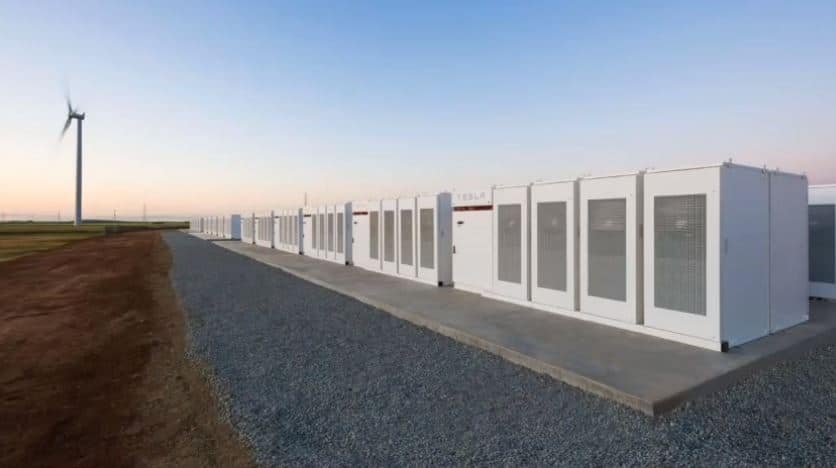California Grid Operator Reports Ten-Fold Growth in Battery Storage Capacity Since 2020

The California Independent System Operator on July 11 announced that total battery storage capacity on the grid increased to 5,600 megawatts from about 500 megawatts just three years ago. This ten-fold growth since 2020 enhances reliability as the state progresses towards the goal of achieving 100 percent clean electricity by 2045.
Based on an average of 750 homes per megawatt, 5,600 MW of lithium-ion battery capacity has the capability to supply electricity to approximately 4.2 million homes for up to four hours before requiring recharging. The batteries added to the grid are charged during abundant solar power periods and dispatched during high-demand evening hours. Pairing them with solar resources enhances operational efficiency. The ISO has collaborated with stakeholders to design market protocols for optimal utilization of batteries’ limited discharge capabilities.
The rapid growth in battery installations is attributed to the energy storage procurement orders authorized by the California Public Utilities Commission, requiring regulated electric utilities to add storage to their portfolios. The commission’s plans call for the installation of more than 10 gigawatts in aggregate storage capacity on the grid by 2026. The growth in storage supports reliability during peak demand times, ensuring that solar resources are more effective on the grid. Last summer, when record heat and demand put California’s electric grid under an unprecedented amount of strain, batteries played an important role in maintaining reliability during the critical evening hours when solar is not available.
In October 2013, California became the first U.S. state to set a target of 1,325 megawatts by 2020 following its 2010 Energy Storage Law. In September 2016, the state enacted legislation adding 500 of distributed storage to the goal.
Storage capacity of five gigawatts has the ability to serve ten percent of load during the most stressful conditions and more than ten percent during peak periods. The grid operator anticipates the emergence of new storage technologies in the coming years, including longer-duration storage resources that will be able to provide additional value to the grid.
EnerKnol Pulses like this one are powered by the EnerKnol Platform—the first comprehensive database for real-time energy policy tracking. Sign up for a free trial below for access to key regulatory data and deep industry insights across the energy spectrum.
ACCESS FREE TRIAL